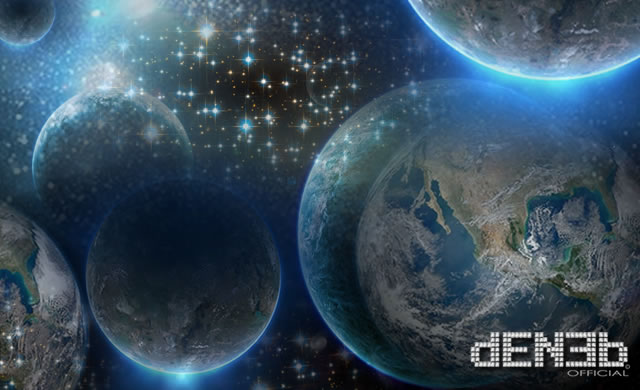
La nostra galassia ospita probabilmente almeno due miliardi di pianeti che, come la Terra, hanno acqua allo stato liquido sulla loro superficie e orbitano intorno alle loro stelle principali nella “zona abitabile”, quindi adatti per la vita. Il più vicino, secondo gli astronomi, potrebbe essere a soli 12 anni luce di distanza. Un nuovo studio, pubblicato oggi negli Atti della National Academy of Sciences, suggerisce che i pianeti simili alla Terra in grado di supportare la vita sono molto più comuni di quanto si pensasse.
Utilizzando le misurazioni dell’Osservatorio Spaziale Kepler della NASA, gli scienziati guidati da Erik Petigura dell’Università della California, hanno stimato che il 22% delle stelle simili al Sole della nostra galassia hanno pianeti rocciosi che le circondano e che sono all’interno di una zona nella quale ottengono più o meno la stessa quantità di energia luminosa, così come la Terra riceve dal sole. Ci sono circa 100 miliardi di stelle nella nostra galassia, di cui il 10 % sono come il sole. Finora Kepler ha studiato più di 150.000 stelle e identificato più di 3.000 pianeti candidati, ma molti di questi sono giganti gassosi, simili a Giove, che orbitano vicino alle loro stelle madri. Se c’è vita là fuori è molto più probabile che si sia evoluta su pianeti rocciosi con acqua allo stato liquido sulla loro superficie, simili alla Terra. Per ottenere questi risultati, il team di Petigura ha cercato pianeti, attraverso i dati di Kepler, che avevano un raggio fino al doppio di quello della Terra. Hanno cercato pianeti che orbitano abbastanza lontano dalla loro stella sui quali l’acqua in forma liquida non evapora, ma non così lontano da farla congelare. Subhanjoy Mohanty, un astrofisico dell’Imperial College di Londra che non è stato coinvolto nello studio, ha dichiarato: “Questa è la prima stima della frequenza di pianeti simili alla Terra intorno a stelle simili al Sole, in orbite abbastanza grandi da trovarsi nella zona abitabile delle loro stelle. La constatazione che circa una su cinque di queste stelle simili al sole possa ospitare tali pianeti è incredibilmente importante, probabilmente supera le aspettative degli astronomi più prudenti.
The galaxy contains billions of potentially habitable planets. Whoa. @UCBerkeley results from Kepler data. #Kepler2 http://t.co/jwZuZKKH7i
— NASA Kepler (@NASAKepler) November 5, 2013
Our galaxy probably contains at least two billion planets that, like Earth, have liquid water on their surfaces and orbit around their parent stars in the “habitable zone” for life. The nearest, according to astronomers, could be a mere 12 light years away. A new study, published today in the Proceedings of the National Academy of Sciences, suggests that Earth-like planets capable of supporting life are far more common than previously thought.
Using measurements from Nasa’s Kepler space observatory, scientists led by Erik Petigura the University of California, Berkely, estimated that 22% of our galaxy’s sun-like stars had rocky planets circling them that were within the zone that meant they got roughly the same amount of light energy as Earth gets from the sun. There are around 100bn stars in our galaxy, of which 10% are like the sun. So far Kepler has studied more than 150,000 stars and identified more than 3,000 candidate planets, but many of these are “gas giants”, similar to Jupiter, that orbit close to their parent stars. If there is life out there, it is far more likely to have evolved on rocky planets with liquid water on their surfaces, similar to Earth. To get their results, Petigura’s team looked for planets in Kepler data that had a radius up to double that of Earth. They searched for planets that orbited far enough from their star that liquid water would not evaporate, but not so far that the water would all freeze. Subhanjoy Mohanty, an astrophysicist at Imperial College London who was not involved with the study, said: “This is the first estimate of the frequency of Earth-like planets around sun-like stars, in orbits large enough to lie in the habitable zone of their stars. The finding that roughly one in five sun-like stars may host such planets is an incredibly important one, probably exceeding the expectations of most cautious astronomers.”
Source/Continue reading → www.theguardian.com





















